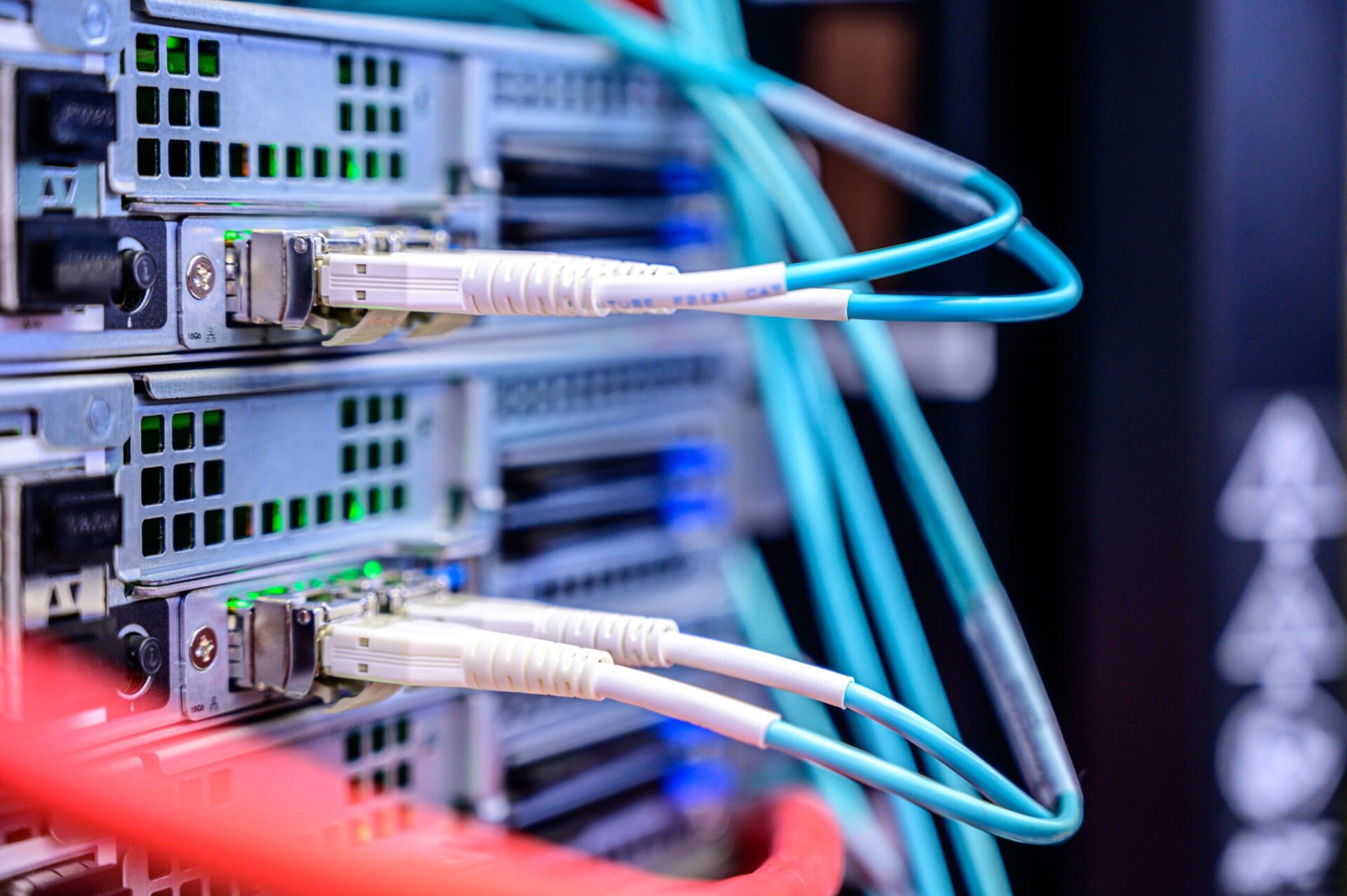Summary: All three concepts, bandwidth, throughput, and latency are indicators of the performance of a network. Bandwidth specifies how much data a network can help transfer, throughput in networking is the amount of data transferred in a unit of time, and latency indicates how quickly this data can be transferred. These are all related concepts and in this article, they will be explored in detail.
The internet data transfers in the form of small encrypted packets that contain the data itself and information about source and destination. The number of packets a network can transfer is referred to as its bandwidth. The number of packets transferred within a specific time period is the throughput of the network. While latency reflects the time required for data packets to reach the destination.
What is Throughput in networking?
Throughput is the number of items processed per unit time, such as bits transmitted per second, HTTP operations per day, or millions of instructions per second (MIPS). The sum of the data rates that are delivered to all terminals in a network system is called system throughput or aggregate throughput.
How is Throughput in networking measured?
Since standard units for data are bit or data packets, the throughput that is data transferred over a time unit and is measured in bits per second (bit/s or bps). It can also be measured in data packets per second (p/s or pps) or data packets per time slot.
What can compromise Throughput in networking?
Lower throughput can be caused by poor hardware performance, multiple routers in a network that are not performing in the optimal condition causing signal degradation. Similarly, a heavier workload can also cause signal loss also referred to as packet loss during transit leading to lower throughput in networking.
How Throughput is different from Bandwidth?
Throughput and bandwidth are closely related but two different concepts. Bandwidth is a theoretical measure of the amount of data that could be transferred from source to destination under ideal situations. Throughput in networking is an actual measure of the amount of data that is successfully transferred from source to destination. Throughput is affected by environmental factors and internal interferences, while bandwidth does not take these factors into account. Therefore throughput in networking is always lower than the bandwidth of the network.

What are packet loss and congestion windows?
This is another concept related to network performance. The number of packets that do not reach the destination out of every hindered packet sent by the host is referred to as packet loss. A throughput not accounting for the packet loss assumes that 100% of data packets are received, this is referred to as User Datagram Protocol Throughput or UDP throughput.
Sometimes networks use a protocol called Transmission Control Protocol TCP to ensure that all packets are delivered, which means the receiver sends back a message to acknowledge the number of data packets received. However waiting for an acknowledgment before sending new data packets can really slow down the network performance, hence efficient systems do not wait for acknowledgment packets before sending out more data packets. The number of packets that can be sent by the receiver before receiving an acknowledgment packet is called the TCP congestion window.
What is Latency?
Latency is the time between making a request and beginning to see a result. Technically, latency is the delay between the command and the resulting response. It is the measure of time taken while the data packet travels from the source to the destination. Higher the latency, the slower the network is. You probably have witnessed latency when you are typing something and wounds do not magically appear on the screen right away. If you have witnessed a noticeable delay that is latency in the device.
Similarly, the time a web page takes to load is called latency. Back in years when the internet was the latest addition to households, people had to wait for a few seconds to minutes before a webpage was fully loaded. Advancement in technology has decreased latency and improved user experience.
How is Latency measured?
Latency is time duration and hence measured in units of time, such as seconds. Latency can be measure in one way and round trip time. The one-way trip does not account for the acknowledgment but round trip accounts for the time it takes for information to reach from sender to receiver and getting back an acknowledgment the entire message has been received. In a round trip the communication takes a full circle route, it is called round time trip RTT.
How Latency is different from Throughput?

All three concepts, bandwidth, throughput, and latency are indicators of the performance of a network. Greater bandwidth simply means a network can support a heavier workload, greater throughput means a network can quickly transfer the data and lower latency will mean there will be a little delay between command and response. Throughput and latency are related because a network that has a smaller capacity to carry data quickly will experience more delay in the transfer of data.
How Latency affect Throughput in networking?
Latency is the delay before acknowledgment packets are received. If the acknowledgment packet indicates that packet loss is significantly low or negligible, it will increase the TCP congestion window. This means the network will be sending more packet data faster increasing the throughput. Hence low latency in a network increases the throughput.








